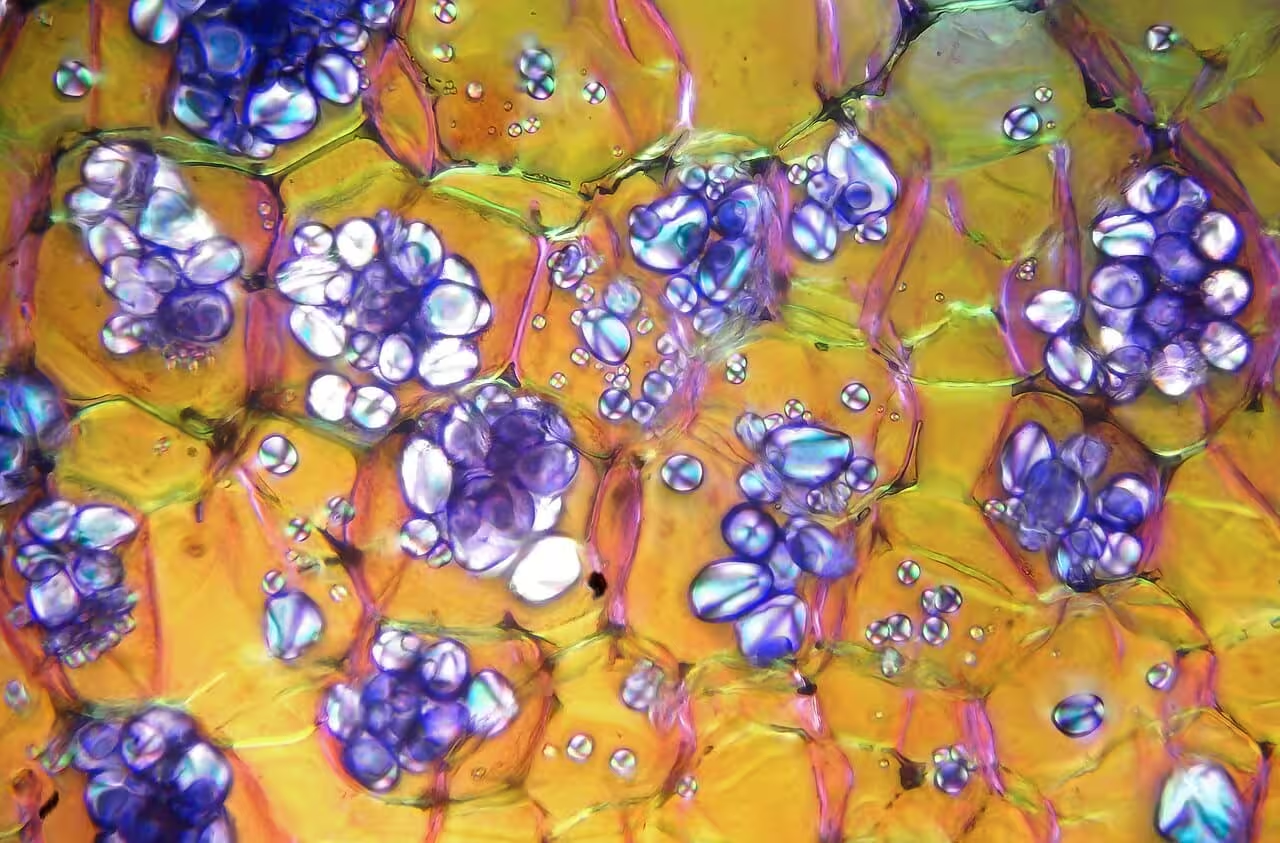A research group from Great Britain has developed biodegradable nanocomposite films. The new material could become a green alternative to plastic electronic components derived from petroleum refining products.
In the long-term perspective of the electronics market, the transition to biopolymers such as starch will allow, firstly, to abandon scarce and petrochemical resources, and secondly, to significantly reduce the amount of toxic waste accumulated in the world. As production speed increases, the need to replace the same devices also increases rapidly. The need for new solutions for ecological electronics is becoming more urgent: devices that require less energy are produced from available and cheap materials, theorize that they decay in nature and do not require burial.
A promising ecological material was developed by scientists at Queen Mary University of London (Great Britain). The basis was starch as a biodegradable polysaccharide and film-forming substance obtained from plants (corn, potatoes and peas). Advantages include good water solubility and relatively low cost compared to other polymers (cellulose, lignin and proteins). Also, starch contains hydroxyl groups, due to which it is subject to cross-linking, that is, the formation of transverse (intermolecular) bonds that make it stronger.
Finally, it has properties required in sustainable electronics, such as renewability, biodegradability in soil and water, light weight, ease of production into flexible films and gels, and biocompatibility, making it suitable for biological and medical applications. It is no coincidence that starch is widely used in both food and non-food industries as a fermentation raw material, as an adhesive and binder component for paper, in chemical production and in the textile industry.
As an electrically conductive nanocomposite filler, material scientists used the electrically conductive composition maxen – titanium carbide (a layered two-dimensional material based on carbides or nitrides of transition metals. It was evenly distributed in the starch matrix and showed high compatibility with it). hydrogen concentrations, electrical conductivity, and the strain sensitivity coefficient, or measure of sensor sensitivity.
As a result, the material showed strong electromechanical properties and stable electrical properties, which will allow it to be used as a reliable and universal component in electronic devices and beyond. The film can be adapted to human motion sensors to create smart electronic coatings.
Unlike analogues based on petroleum products, starch-based composite decomposes in the soil within a month, making it environmentally friendly. Scientists presented their findings in the journal
Advanced Functional Materials.
Source: Port Altele
